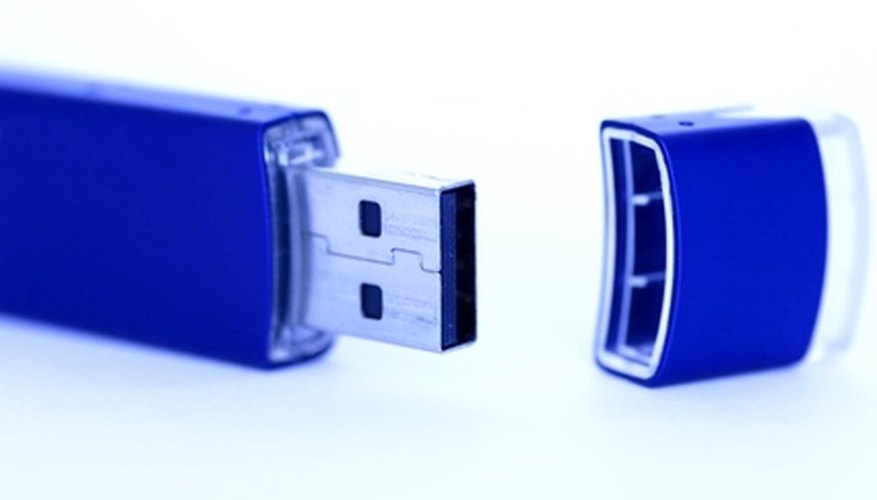UDF (Universal Disk Format) is a type of file system used to burn CDs and DVDs. However, a USB flash drive can also be formatted to utilise the UDF file system by using third-party software. This is a useful method when trying to convince the BIOS (Basic Input/Output System) to recognise the flash drive as a bootable CD or DVD. If you want to erase the data on a USB flash drive that features the UDF file system, you can either use the "Format" option in Windows Explorer or simply delete the data.
- UDF (Universal Disk Format) is a type of file system used to burn CDs and DVDs.
- This is a useful method when trying to convince the BIOS (Basic Input/Output System) to recognise the flash drive as a bootable CD or DVD.
Insert the UDF USB flash drive into a USB port on your computer. Close the autoplay menu that pops up.
Click "Start" followed by "Computer" to open "Windows Explorer."
Right-click the icon of the UDF USB flash drive. Select "Format."
Click "Start" followed by "OK" to erase all data from the UDF UDB flash drive. This method will replace the UDF file system on the USB flash drive with the NTFS file system.
- Right-click the icon of the UDF USB flash drive.
- Click "Start" followed by "OK" to erase all data from the UDF UDB flash drive.
Insert the UDF USB flash drive into a USB port on your computer, and then close the autoplay menu that pops up.
Select "Start" followed by "Computer" to launch Windows Explorer.
Right-click the icon of the UDF USB flash drive, and then select "Open."
Press the "Ctrl" and "A" keys together, and then press the "Shift" and "Del" keys together. Doing so will erase all data on the USB flash drive while keeping the UDF file system intact.
TIP
If you want to keep the UDF file system intact, simply delete the data instead of formatting the flash drive.
